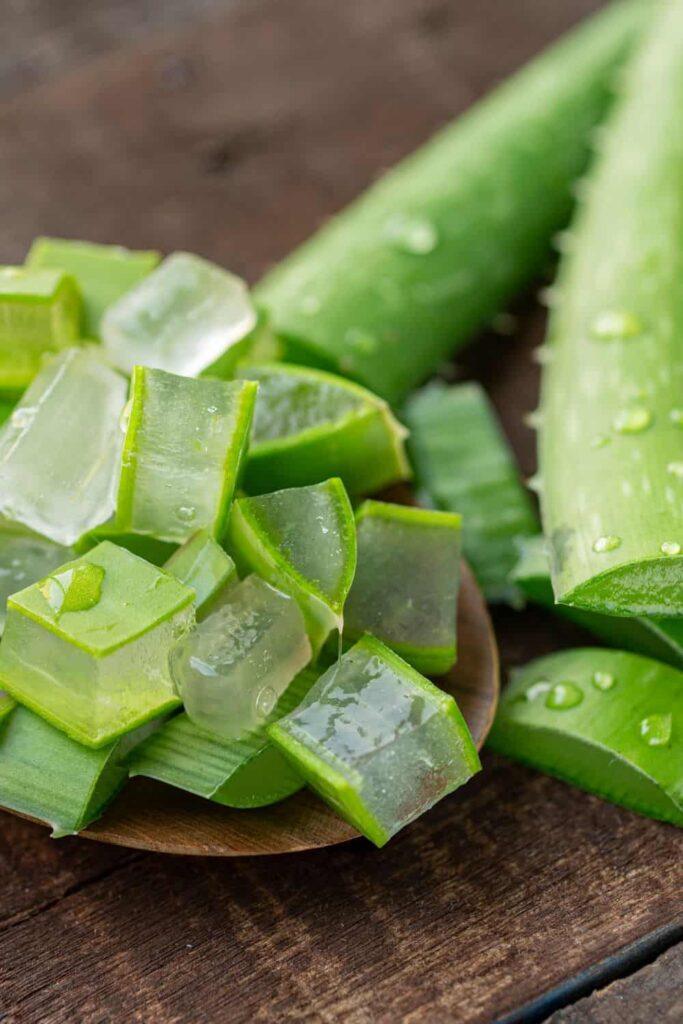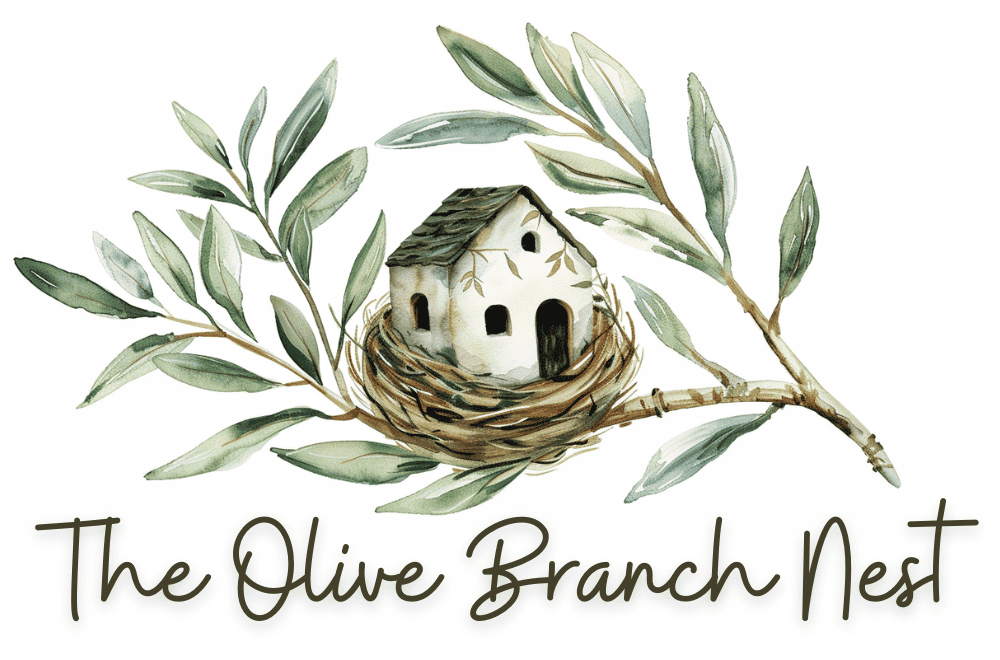Unearthing the World of Edible Succulents
This post may contain affiliate links. Please see my disclosure policy for details.
In this article, we will discover various kinds of edible succulents and their great properties.
Succulents aren’t just for decoration or a fun addition to your garden. Some varieties can also be a unique, edible addition to your meals.
These plants, known for their ability to survive in harsh conditions, can offer a range of flavors and health benefits.
From the tartness of Sedum and the sweetness of Agave nectar to the refreshing taste of Aloe Vera, edible succulents can diversify your culinary experiences.
Join us as we explore the practical uses of these resilient plants in everyday cooking. By the end of this article, you’ll see your succulent collection from a new perspective – as a source of sustainable and flavorful ingredients.

Amazing Edible Succulents
Aloe Vera: The Wonder Plant in Your Garden

Aloe Vera, a name synonymous with healing and beauty, is one of the most widely recognized edible succulents.
This versatile plant, with its spiky green leaves and soothing gel, is not just a common ingredient in skincare products but also a remarkable addition to your diet. Here are some interesting facts about Aloe Vera:
- Aloe Vera is one of the oldest known medicinal plants. Historical records show that it was used by ancient civilizations, including the Egyptians and Greeks, for its healing properties.
- The plant is 95% water, making it incredibly hydrating and perfect for consumption in hot climates.
- Aloe Vera is rich in vitamins A, C, E, and B12, as well as minerals like potassium, zinc, and magnesium.
- Aloe Vera can help with digestion, improve oral health, and even lower blood sugar levels, according to various scientific studies.
Agave: The Sweet Gift of the Desert

Agave, a succulent native to the arid regions of Mexico and the Southwestern United States, is not just an ornamental plant.
It’s also the source of a popular natural sweetener, agave nectar. With its towering flower stalks and rosette of thick, fleshy leaves, the agave plant has much more to offer than meets the eye.
- Agave has been used for centuries by indigenous cultures. The Aztecs even considered it a gift from the gods due to its numerous uses.
- It’s the primary ingredient in tequila. The heart of the agave plant, known as the “piña,” is harvested, roasted, and fermented to produce this famous spirit.
- Agave nectar, also known as agave syrup, is sweeter than honey but less viscous. It’s often used as a vegan substitute for honey in recipes.
- The plant has antibacterial properties. Ancient cultures used agave to treat wounds and infections.
- Agave is a slow-growing plant. Some species take up to 10 years to mature and flower.
Prickly Pear Cactus: The Edible Gem of the Desert

The Prickly Pear Cactus, scientifically known as Opuntia, is more than just an iconic symbol of arid landscapes. The green pads and fruit are edible.
- The Prickly Pear Cactus belongs to an old group within the cactus family, with about 150 species in the Opuntia genus. It has the largest range of any cactus in the United States.
- This plant’s fruit, also called the prickly pear, is known for its sweet and refreshing taste.
- Not just the fruit, even the pads (known as “nopales”) are edible when young and tender. They’re commonly used in Mexican cuisine.
- The Prickly Pear Cactus is also appreciated for its ornamental value, making an attractive backdrop in mixed borders and adding color to gardens (source: University of Florida).
- It’s best to plant this cactus in the spring or early summer, coinciding with rising temperatures and dropping moisture levels.
Stonecrop (Sedum): The Hardy Star of the Garden

Stonecrop, commonly known as Sedum, is a diverse group of succulent plants that are prized for their ability to thrive in various climates and soil conditions. These hardy perennials can add vibrant colors and interesting textures to rock gardens, borders, or even green roofs. Here are some fascinating facts about Stonecrop:
- There are over 400 species of Sedum, ranging from creeping ground covers to taller, upright varieties. This variety makes them highly versatile in landscape design.
- Stonecrops are incredibly resilient and can tolerate both heat and frost, making them suitable for various climates.
- Many Sedum species feature star-shaped flowers in hues of pink, red, yellow, or white, which bloom in clusters and attract pollinators like birds and butterflies.
- Sedum is drought-tolerant due to its thick, water-storing leaves, making it a perfect choice for xeriscaping or dry gardens.
- Some species of Sedum, such as Sedum acre or ‘Gold Moss’, have been traditionally used in herbal medicine due to their purported anti-inflammatory and astringent properties.
Yucca Flower: The Resilient Bloom

The Yucca flower, a symbol of resilience and adaptability, is a captivating plant native to arid regions of the Americas.
Known for its sword-like leaves and towering clusters of flowers, it’s an unmistakable sight against the backdrop of open and arid landscapes. Here are some intriguing facts about this hardy bloom:
- The Yucca flower holds the honor of being the state flower of New Mexico in the United States and the national flower of El Salvador.
- It’s not just visually appealing; the Yucca blossom is also edible and is considered a traditional food in certain cultures. It can be used in a variety of savory dishes.
- One of the most popular varieties, the Adam’s Needle Yucca, stands out with its unique grayish-green foliage that remains vibrant throughout the year.
- Yucca plants are incredibly hardy, thriving under challenging conditions. The Soaptree Yucca, for instance, can grow up to 30 feet, occasionally even reaching 35 feet in height.
- The Yucca plant typically blooms once per season or every few years if conditions are ideal. Its white, bell-shaped flowers sprout off the plant’s stalks and can last for weeks.
Purslane (Portulaca oleracea): The Nutrient-Packed “Weed”

Purslane, scientifically known as Portulaca oleracea, is often considered a common “weed”, but it’s far from ordinary.
This leafy green vegetable is not only edible but is also one of the most nutrient-dense foods on Earth. Here are some noteworthy facts about Purslane:
- All parts of Purslane are edible, both raw and cooked. Even its seeds can be consumed raw or used to make flour
. - Purslane is a fast-growing annual with succulent leaves and stems, forming a branching, spreading mat on the ground up to about 2 feet wide.
- It’s one of the few vegetables that’s rich in omega-3 fatty acids, which are important for supporting healthy arteries and can help prevent strokes.
- Besides being incredibly nutritious, Purslane is also visually appealing. As an annual flower, it thrives in hot weather and gradually carpets an area with its pretty succulent foliage.
- Despite its reputation as a weed, Purslane is now considered a “superfood” and is increasingly showing up in farmers’ markets and gourmet food establishments.
Dragon Fruit: The Vibrant Powerhouse of Nutrition

Dragon fruit, also known as Pitaya or Strawberry Pear, is a tropical delight that’s as nutritious as it is visually stunning.
Native to Southern Mexico and regions along the Pacific coasts of Guatemala, Costa Rica, and El Salvador, this vibrant fruit has made its way into kitchens worldwide. Here are some fascinating facts about Dragon fruit:
- Dragon fruit is low in calories but high in fiber, making it an excellent choice for those aiming for a balanced diet.
- The taste of dragon fruit is often described as a cross between a pear and a kiwi, offering a unique flavor profile.
- It’s a great source of vitamin C and other antioxidants, which are beneficial for your immune system.
- Consuming dragon fruit can help improve heart health, digestion, and skin health due to its nutrient-packed profile.
- Dragon fruit is also associated with weight loss benefits and can help in managing blood sugar levels.
